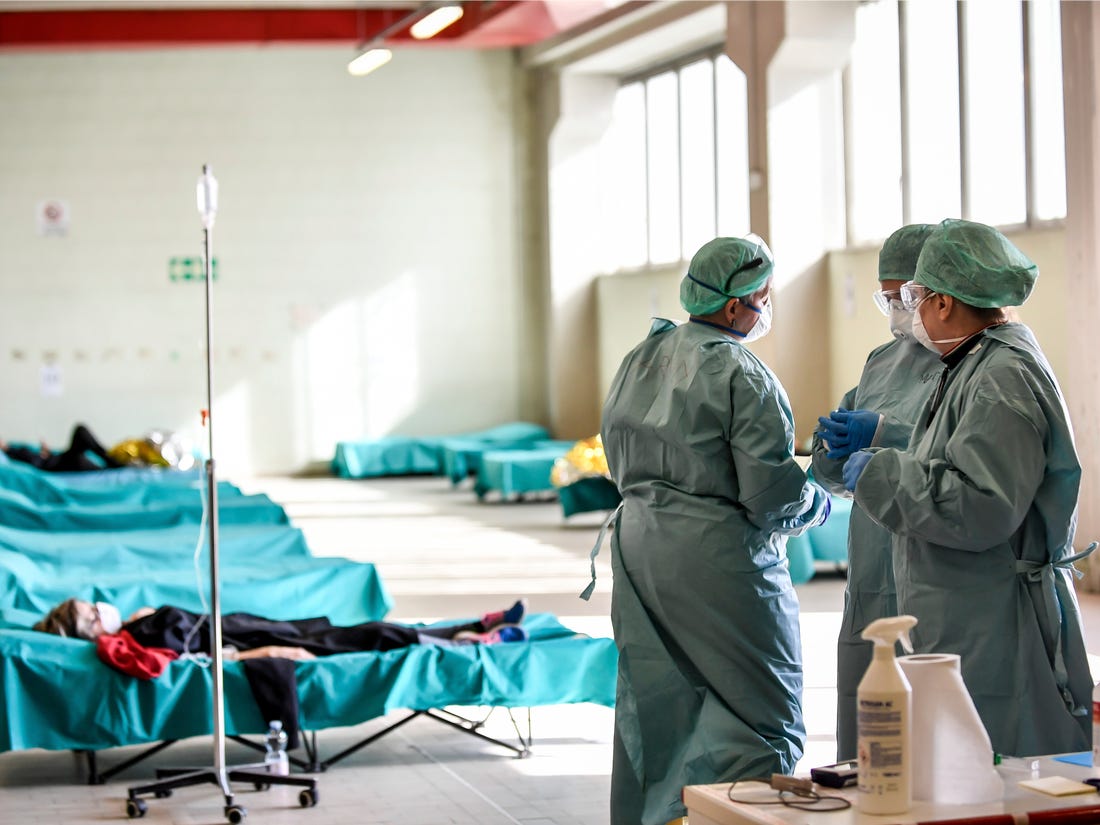The World Health Organization (WHO) has reached out to China for additional information regarding a recent outbreak of a mysterious pneumonia, predominantly affecting children in northern China.
This request follows reports of a significant rise in respiratory illnesses and clusters of pneumonia cases among children. The WHO’s inquiry comes in the wake of China experiencing a surge in influenza-like illnesses, a notable increase compared to the same period in the last three years. This rise in cases coincides with China’s decision to end its stringent zero-COVID policy in December 2022.
The WHO’s interest was piqued by a statement from China’s National Health Commission earlier this month, acknowledging an uptick in respiratory diseases. The Commission attributed this increase to the relaxation of COVID-19 restrictions and the spread of various pathogens, including influenza, mycoplasma pneumoniae (common in younger children), and respiratory syncytial virus (RSV).
Concerns about this outbreak were initially raised by ProMED, an online medical community, which also highlighted early reports of an unknown illness in Wuhan in late 2019 that later was identified as COVID-19. ProMED noted recent media reports detailing clusters of undiagnosed pneumonia among children in northern China. Taiwanese media outlet FTV News reported that children’s hospitals in Beijing, Liaoning, and other northern regions were overwhelmed with sick children, raising questions about a potential cover-up of an epidemic.
The WHO has requested detailed epidemiological, clinical, and laboratory data regarding these pneumonia clusters in children through the International Health Regulations mechanism.
They are also seeking information on the circulation trends of known pathogens, including influenza, SARS-CoV-2, RSV, and mycoplasma pneumoniae, and the current impact on healthcare systems. The WHO is collaborating with clinicians and scientists in China through existing technical partnerships and networks.
Dr. Krutika Kuppalli, part of the WHO’s emergency program, expressed on social media that the nature of the illness remains uncertain, and more information is needed regarding symptoms, epidemiology, and testing.
The WHO has advised people in China to take preventive measures against respiratory infections, including vaccination updates, social distancing, mask-wearing when necessary, and staying home when ill. Testing is also emphasized as crucial.
This situation echoes the early days of the COVID-19 pandemic, which initially presented as unexplained pneumonia cases in late 2019. The first death from COVID-19 was reported in January 2020, the same month China publicly shared the genetic sequence of the virus.
The WHO declared a pandemic in March 2020, expressing deep concern over the rapid spread and severity of the virus, as well as the alarming levels of inaction. The origins of COVID-19, despite a WHO team visiting Wuhan in early 2021, remain unclear.





















